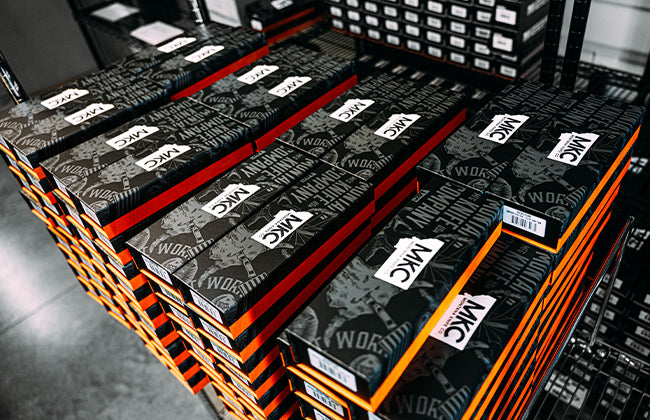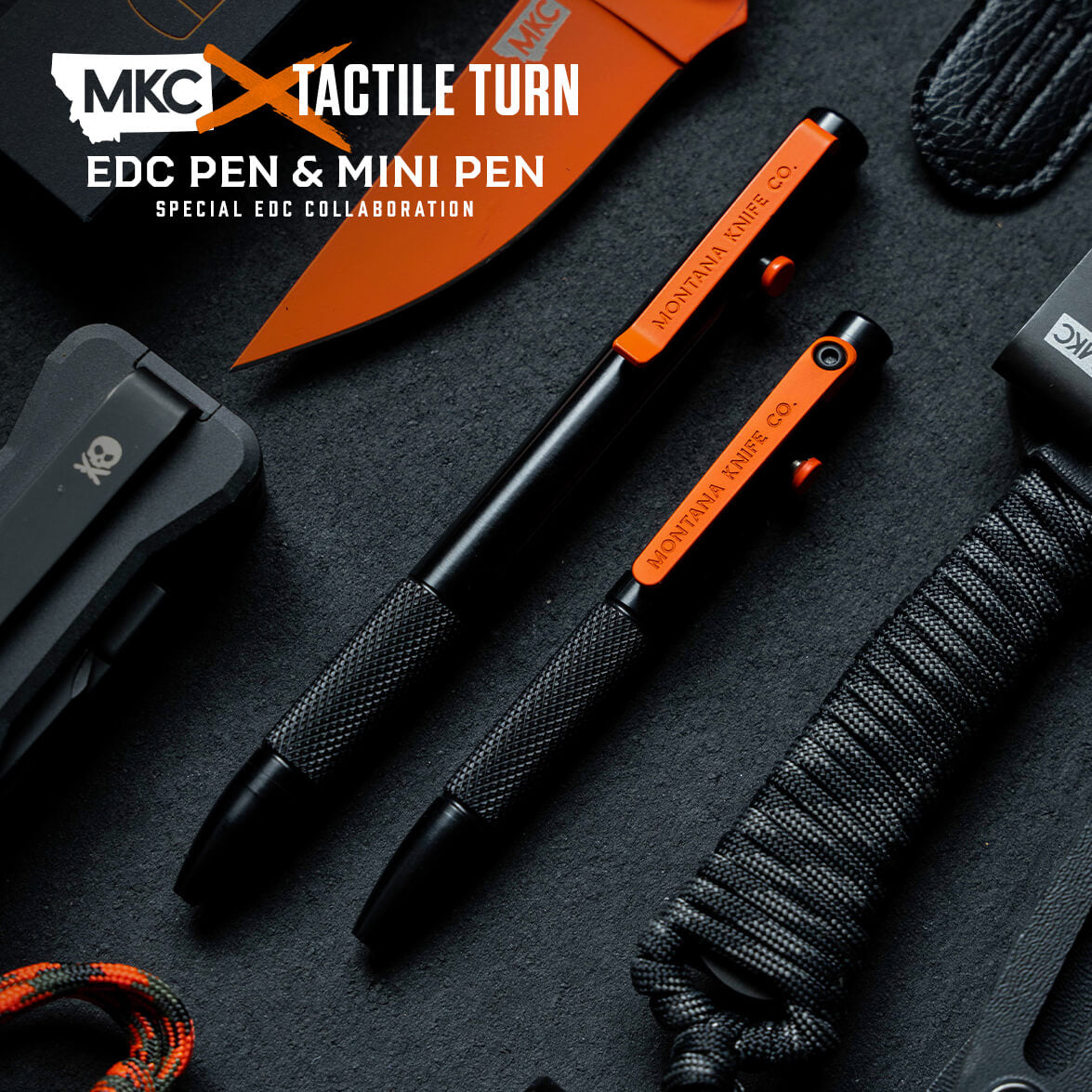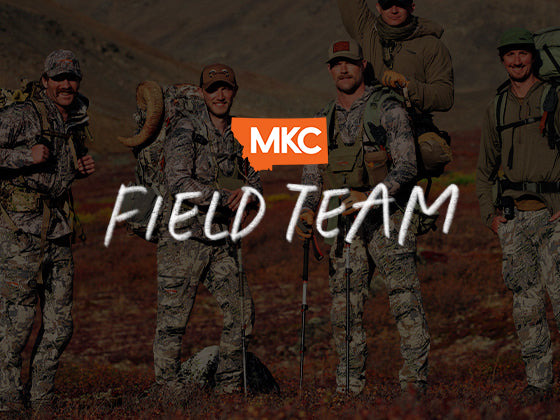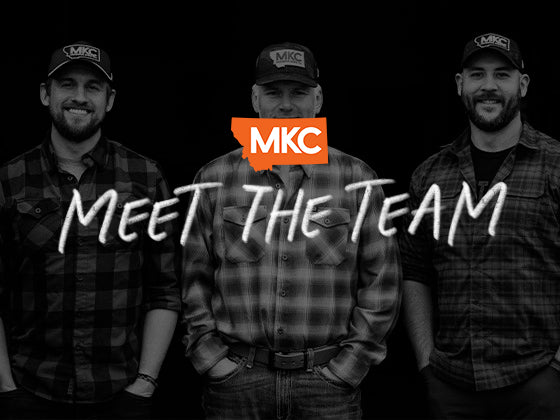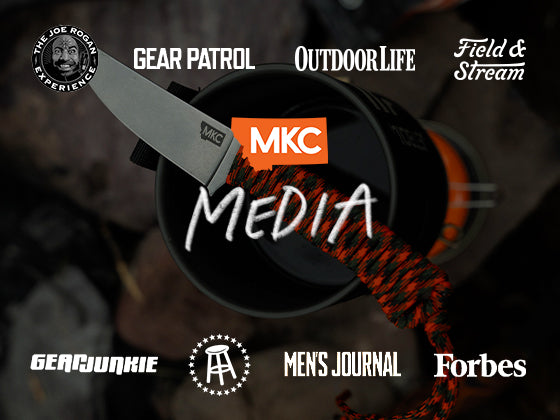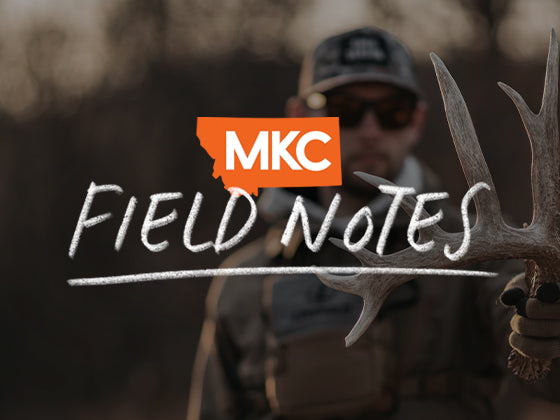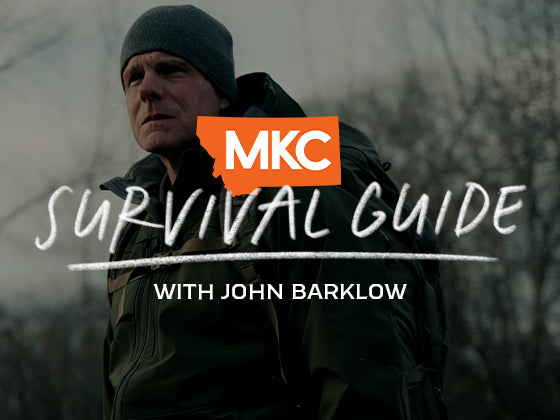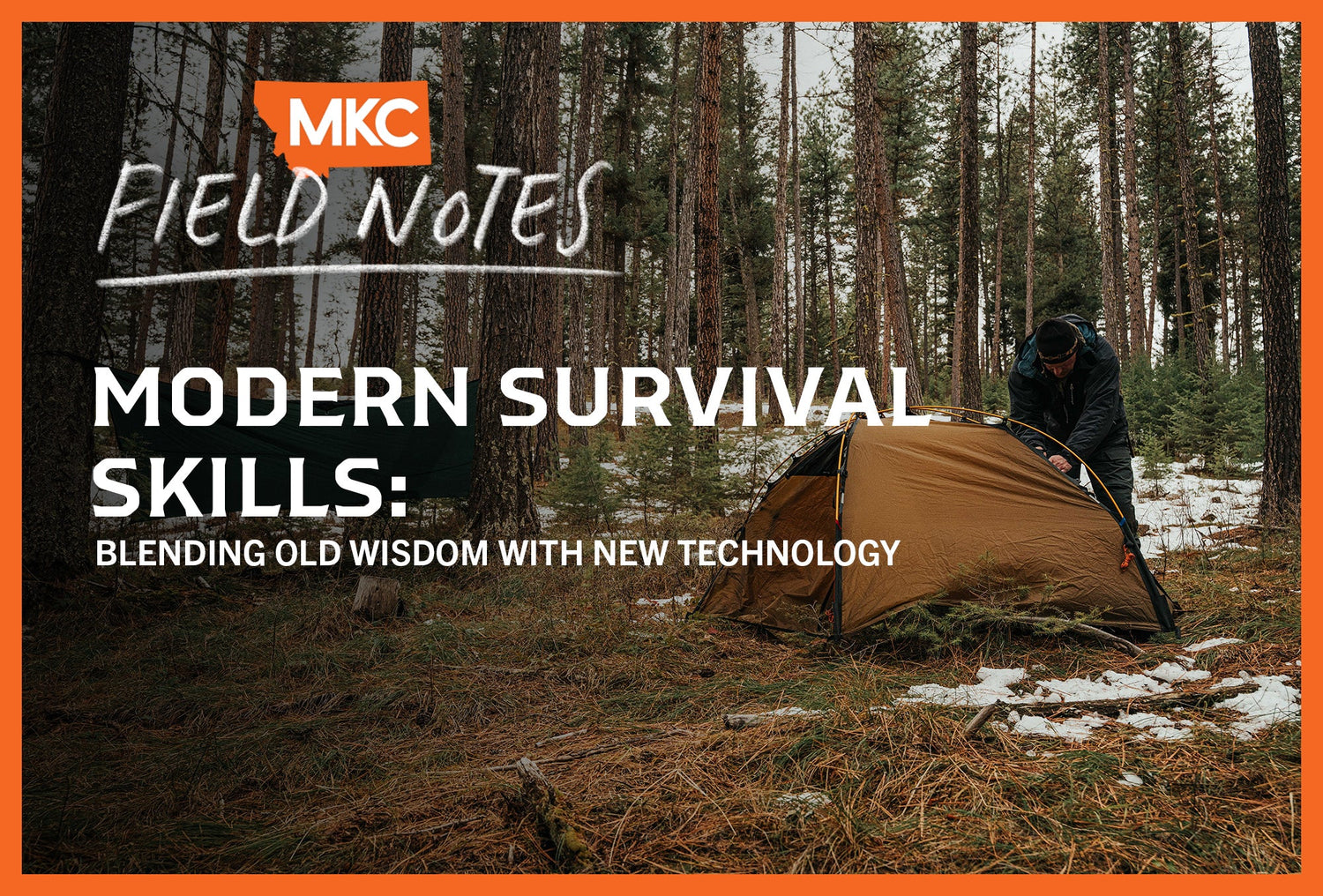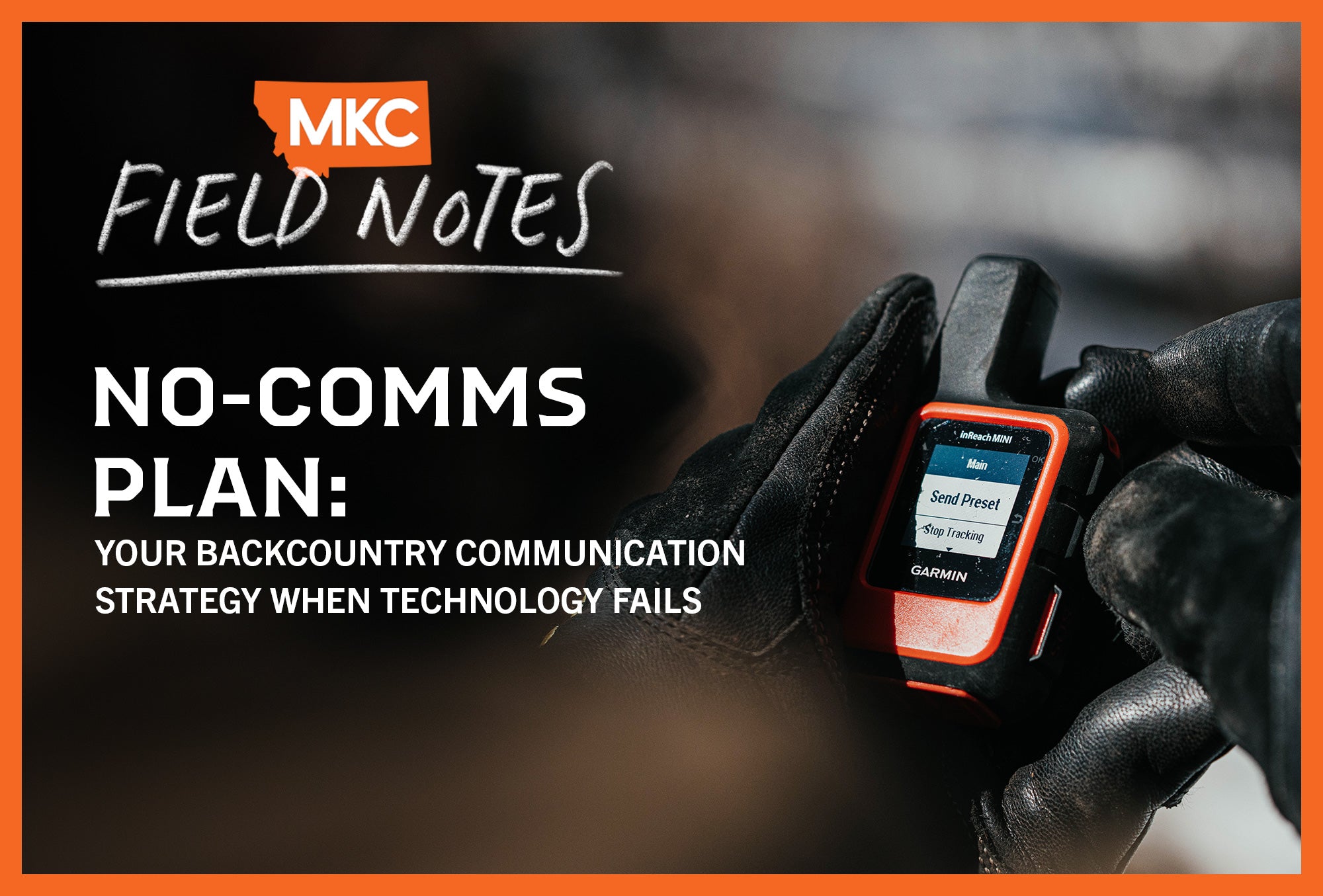Getting wet in the backcountry used to mean immediate evacuation or serious risk of hypothermia. That’s not the case anymore.
Modern survival technology dramatically outperforms what was available just decades ago, but only if you know how to use it properly. The gap between what your gear can do and what you can make it do determines your comfort when conditions deteriorate.

Modern Survival Clothing: Walking Yourself Dry
Today’s modern technical clothing systems give us a survival advantage that previous generations of outdoorsmen lacked:
- Base layers move moisture away from the skin, even when you’re soaked
- Mid layers insulate, even when you’re damp
- Shell layers block wind while allowing vapor to escape
- Synthetic insulation keeps you warm when you’re wet
This combination means you can literally walk yourself dry in conditions that would have forced you to retreat in the past.
If you get a little damp from sweat or fall into a creek during a crossing, you don’t need to immediately start a fire or retreat to your tent. With proper clothing, you can keep moving and let your body heat dry the garments while you maintain your core temperature.
Wilderness Survival Skills: Modern Shelter As Your Primary Defense
Proper shelter deployment is the most important wilderness survival skill. Modern survival approaches prioritize shelter as your first layer of defense against Mother Nature’s threats.
Today’s ultralight tarps and emergency shelters:
- Weigh just ounces
- Pack down incredibly small
- Deploy in minutes
- Block wind and precipitation
- Create microclimates that trap body heat
There’s no excuse for not carrying adequate shelter on every backcountry trip. Modern materials science has eliminated weight and bulk.
When you embrace modern survival thinking, you’ll think of your shelter system as just another piece of gear you carry, not as a structure you build in an emergency. This change sets modern survival apart from old-school methods and makes you much safer in the field.
Modern Survival Navigation: The End of Getting Lost
Getting genuinely lost in the backcountry is rare with modern technology. GPS-enabled phones with offline maps have changed how we navigate the wilderness.
Modern navigation tools provide:
- Real-time position awareness, even without cell service
- Topographic details that inform route selection
- Track recording that enables backtracking
- Waypoint marking for important locations
However, electronics can fail, so keep practicing traditional navigation as part of your wilderness survival skills.
Essential Camping Survival Skills: Modern Communication
Perhaps nothing has changed modern survival approaches more than modern communication technology. Satellite communicators and emergency beacons have reduced the isolation that made wilderness emergencies so dangerous.
Modern communication tools provide these important camping survival skills:
- Check-in capabilities with family and partners
- Weather forecasting in remote areas
- Emergency notification systems
- Two-way messaging
We don’t want to completely depend on these technologies — again, they can fail — but we do want to use them in emergencies to tell partners and people back home that we’re okay or that we need assistance.
Modern Survival Fire-Starting: Enhanced Reliability
While knowing how to start a fire using natural materials is still an important wilderness survival skill, modern fire-starting tools boost your success rate in challenging conditions.
Today’s fire-starting options include:
- Prefabricated tinders that ignite even when wet
- Weather-resistant lighters that function in harsh conditions
- Ferrocerium rods that produce searingly hot sparks
- Chemical heat sources that don’t require a flame
These tools don’t replace primitive camping survival skills, but they do increase your margin for error when conditions deteriorate. Your chances of successfully starting a life-giving fire are greater than ever.
Camping Survival Skills: Balancing Traditional and Modern Approaches
The most effective modern survival approach balances traditional wilderness survival skills with today’s technology:
- Practice primitive shelter construction, but carry ultralight shelter materials
- Understand natural navigation, but use GPS when appropriate
- Master primitive fire methods, but carry reliable modern fire starters
- Learn natural water procurement, but carry efficient water filters
This approach means you’re never completely dependent on technology, but you also don’t ignore its advantages.

Wilderness Survival Skills Training for Modern Equipment
Your modern survival gear is only as good as your ability to use it under pressure. Effective training means:
- Testing your clothing system in wet conditions
- Practicing shelter deployment in high winds and precipitation
- Using navigation tools in low-visibility situations
- Communicating via satellite devices in remote areas
- Starting fires with modern tools in challenging weather
This training shows you what your gear can handle and where your skills need improvement before you face a real emergency.
Modern Wilderness Survival Skills: Looking Forward
The real challenge of modern survival isn’t learning how to use new gear. It’s developing the judgment to know when to trust your tech and when to fall back on primitive skills.
Modern survival means developing both skill sets: practicing basic wilderness survival skills while using tech to do more in the field. This combination gives you the confidence to push further and stay out when others head back to camp.
by John Barklow, a Special Operations Survival Instructor and consultant who has spent decades teaching military personnel and civilians survival techniques in extreme environments.






















